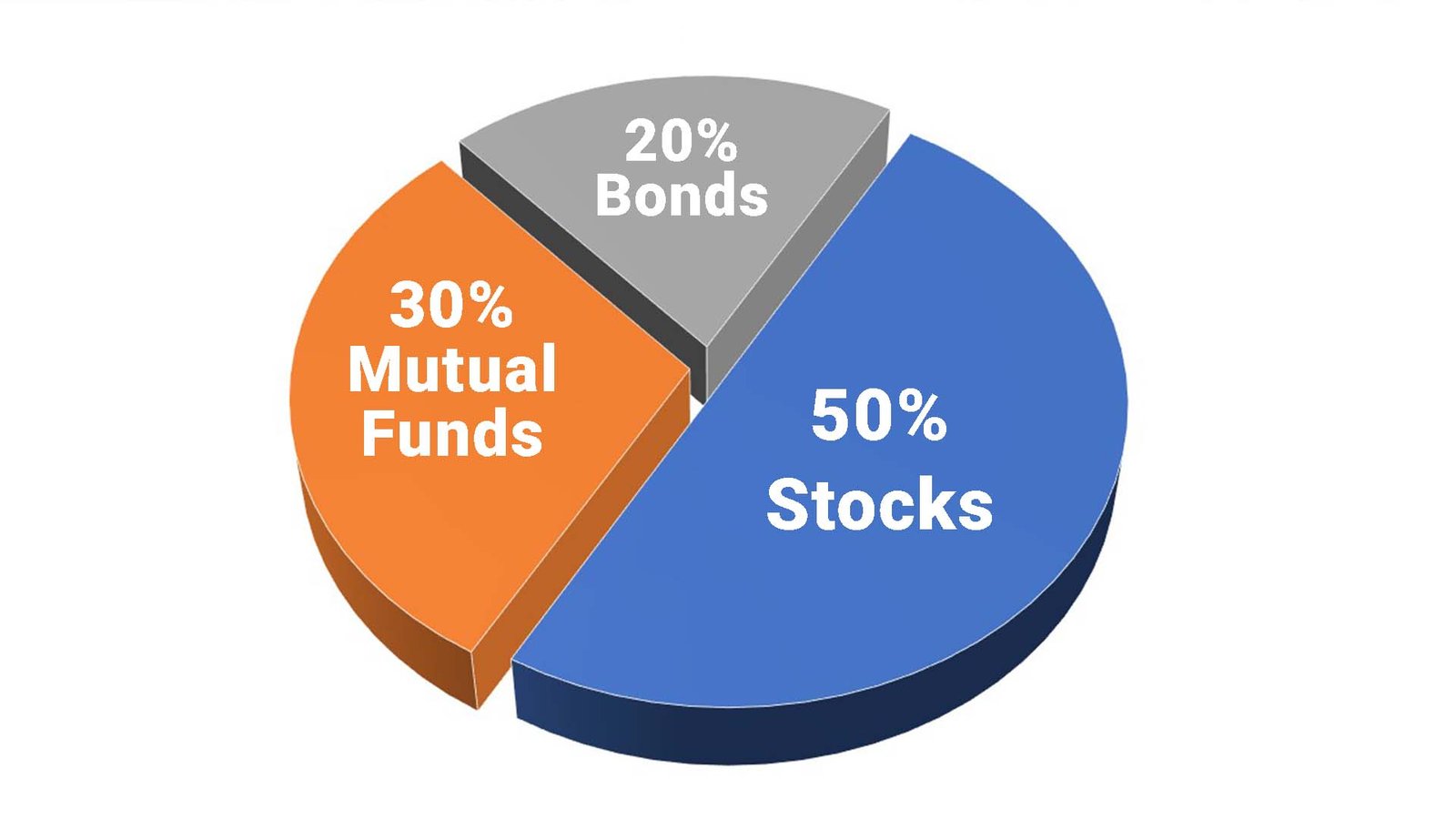Investing can seem like a maze, especially when you’re just starting out. But fear not! Let’s walk through the process of building your first investment portfolio, step by step, with some relatable examples. Imagine you’re in the shoes of Raj, a typical Indian man taking his first steps into the world of investing.
Understanding Risk Tolerance
Raj, a 30-year-old software engineer, is keen on investing but is wary of risks. To understand his risk tolerance, he considers factors like his age, income stability, and his comfort with potential losses. Given his stable job and long investment horizon, Raj realizes he can afford to take some moderate risks.
Choosing the Right Investment Vehicles
Next, Raj explores various investment options. He learns about:
- Stocks: Buying a small part of a company. For instance, Raj invests in a tech company he believes has growth potential.
- Mutual Funds: Pooling money with other investors to buy a diversified portfolio. Raj opts for a mutual fund focusing on the Indian market.
- Bonds: Lending money to a company or government in exchange for interest payments. Raj chooses a government bond for its stability.
Asset Allocation Basics

Asset allocation is about balancing different types of investments. Raj decides to allocate 50% to stocks for growth, 30% to mutual funds for diversification, and 20% to bonds for stability. This mix aligns with his risk tolerance and investment goals.
The Importance of Diversification

Diversification reduces risk. Instead of putting all his money into one tech stock, Raj spreads his investments across different sectors like healthcare, consumer goods, and IT. This way, if one sector underperforms, the others might balance it out.
Setting Up an Investment Account
Raj opens a Demat account and a trading account through a brokerage. He opts for an online broker with low fees and a good reputation, making it easier for him to buy and sell investments.
Developing a Long-Term Investment Strategy
Raj sets clear goals for his investments. He’s saving for a down payment on a house and his retirement. Knowing his time horizon and financial goals helps Raj stay focused and avoid impulsive decisions.
Regular Monitoring and Rebalancing
Every six months, Raj checks his portfolio. He notices that his tech stocks have grown significantly, skewing his asset allocation. So, he rebalances by investing more in mutual funds and bonds to maintain his desired asset mix.
Avoiding Common Investment Mistakes
Raj learns to avoid common pitfalls like:
- Timing the Market: Trying to guess market highs and lows is risky. Raj decides to invest regularly, irrespective of market fluctuations.
- Following Trends Blindly: Just because everyone is investing in something doesn’t mean it’s right for Raj. He sticks to his plan.
- Letting Emotions Drive Decisions: Raj keeps a cool head, not letting fear or greed dictate his investment choices.
To Wrap up
Investing isn’t just for the wealthy or the experts. With a clear plan and some basic knowledge, anyone, including our friend Raj, can start building a robust investment portfolio. Remember, the key is to start small, stay consistent, and keep learning. Happy investing!
